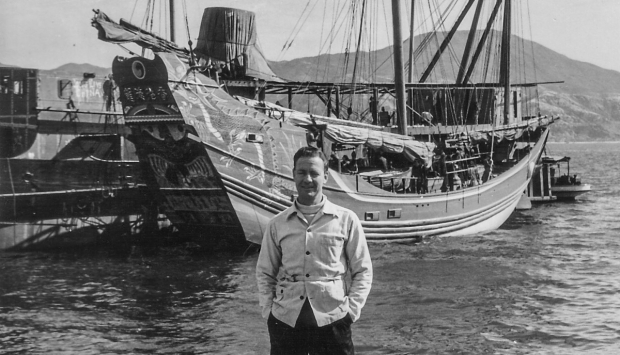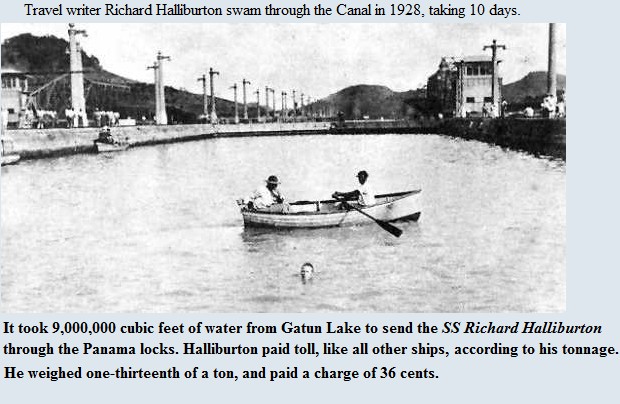|
When I was in grade school, whenever I had spare time, I would take out “Richard Halliburton’s Book of Marvels,” about his adventures around the world.
Halliburton was a daredevil writer who once swam the Panama Canal – took him 10 days – and paid the toll -- 36 cents. He jumped 70 feet from the Sacrificial Altar for brides in Chichen Itza, Yucatán. He rode an elephant, just like Hannibal, across St. Bernard’s Pass in Switzerland. His writing was more than about his stunts. He loved cities, expressing awe at the bridge spanning the Golden Gate, raving about the skyscrapers of New York City, describing the border between Europe and Asia -- Istanbul. He gave me wanderlust. I sat in the classroom in leafy Queens and dreamed about all those places, hardly as an adventurer but maybe a grade up from tourist – a journalist who could drop the surging tide at Mount St. Michel or the graffiti at Pompeii into his work. Halliburton’s life was hectic, and short. In March of 1939, he and his companion, Paul Mooney, tried to sail a Chinese junk from Singapore to the Golden Gate, and were never heard from again. (I have always thought it bizarre that two of the writers who touched me the most, Halliburton and Thomas Wolfe from Asheville, N.C., died months before I was born.) The other day I discovered that Halliburton also made a movie in 1933, called “India Speaks,” a cross between a documentary and a drama. (The drama part was filmed in Griffith Park, Los Angeles.) It sounds a little hokey in the New York Times review of 1933, but because my wife has been to India more than a dozen times and we love the culture, I was eager to find a copy, somewhere. I toggled around on the Web and discovered on the IMDb site these saddest of words: “This film is believed lost. Please check your attic.” Got a lot of National Geographics in the attic, but no old movies. I do have a faded copy of “Book of Marvels: The Occident” on my shelf of honor with James Joyce and Wolfe. The final chapter is about Istanbul, the water and the minarets. We finally got there a few years ago, one of the great cities in the world, and I thought about Richard Halliburton. Wish I had his movie.
Brian Savin
12/15/2014 02:46:19 pm
I'm going to find a copy of this book. Sounds like a great read.
George Vecsey
12/16/2014 12:48:44 am
Brian, I don't know about the prose itself. He was no Theroux or Morris. But it was the tone of the 20s and 30s, and his own swagger, that got me when I was 10 or so. I believe he has an Orient book as well as Occident. If you find the movie, burn a copy for me. GV 10/26/2015 03:14:18 pm
Great piece of writing well i would say that he must grade up his thinking too. Comments are closed.
|
Categories
All
|











